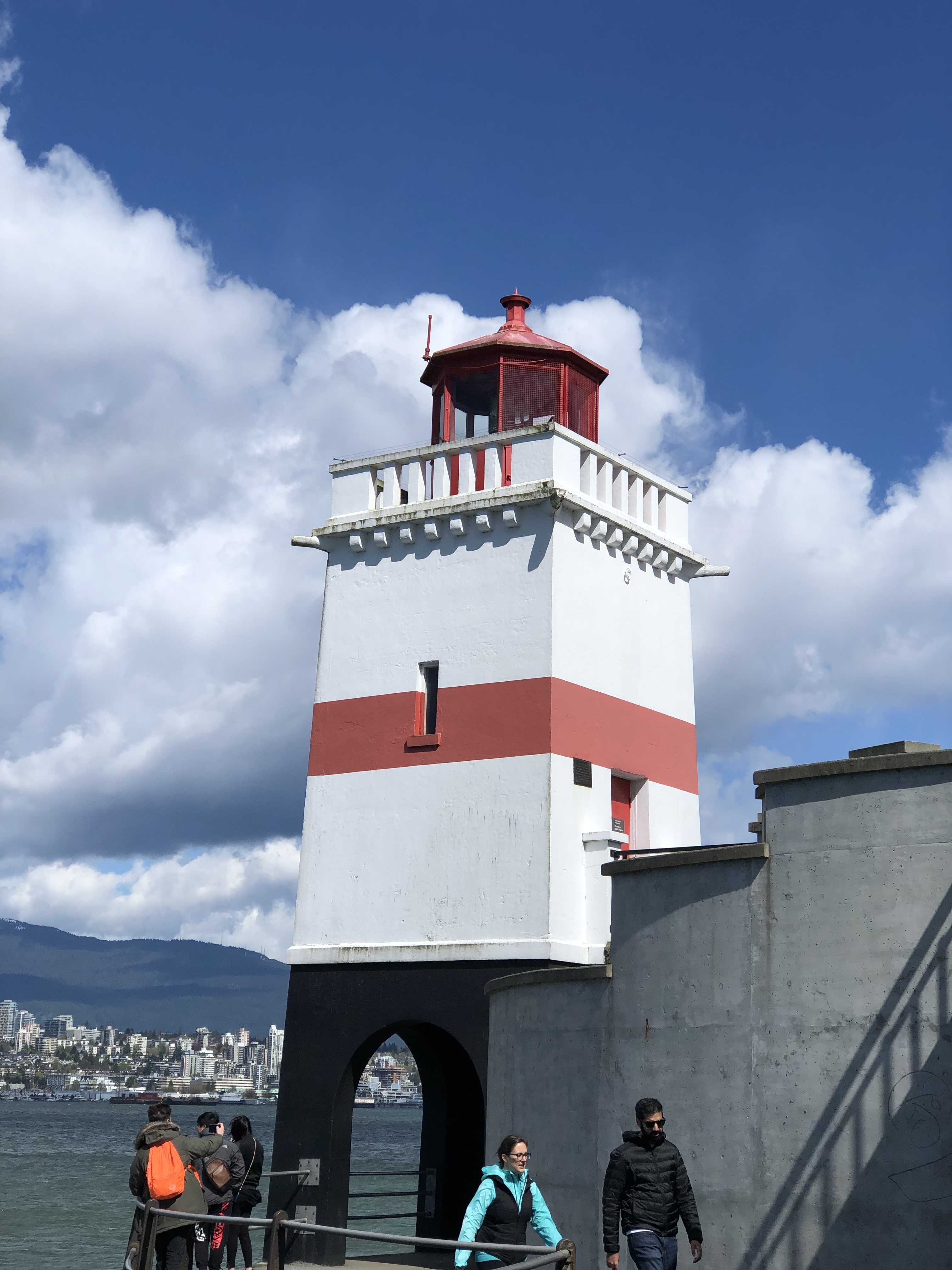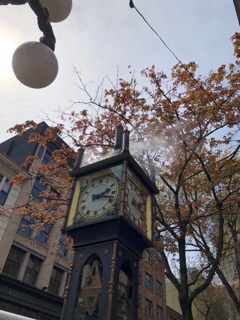It’s hard not to be charmed by Vancouver.
Although increasingly urban and modern, Vancouver’s identity seems to be rooted deeply in its history. It is home of some of the world’s best food, iconic First Nations art, and amazing scenery. It’s a city that accentuates its history in its attractions, both the good and bad.
During a 24-hour visit, there are plenty of accessible and easy things to do in Vancouver. Although simple at the surface, these things are connected to their history and what made them so iconic.
Start your first morning with a cheap and satisfying meal at historic Bon’s Off Broadway in neighboring Grandview-Woodland. Popular in the city for its no frills, $2.95 breakfast of eggs, hash browns, ham and toast, it proudly declares itself the “best breakfast in town.” Its interior walls, plastered with old movie posters and graffiti, is reminiscent to that of Beth’s Cafe in Seattle’s Greenlake neighborhood.
Consider walking off your breakfast on Granville Island, a peninsula in the middle of the city. Originally a base for forest, mining and construction companies, the creation of the land in the early 1900s accommodated Vancouver’s industrial boom.
Reconstructed in the 1970s to attract tourists, the 35-acre island now homes theatres, a water park, small shops and the famous Granville Island Public Market. Take your early-afternoon snack from the market outside and sit on one of the many benches that dot the peninsula for a good view of downtown Vancouver, just across False Creek.
End your day at Tim Horton’s, a Canadian staple since the early 1960s. As the largest restaurant chain in all of Canada, the business has become a connection to the country’s national identity. Most locations in the city are open 24 hours a day, giving its residents equal opportunity to enjoy its coffee, donuts, and fried food.

In the morning, take in Vancouver’s beauty at Stanley Park, the city’s biggest and oldest public park. The 1,000-acre chunk of land, one of the first areas of the city to be explored by British colonizers, originally homed indigenous peoples for thousands of years.
Tucked away off crowded biking and pedestrian paths on the southeast edge of Stanley Park stands nine totem poles in a field of dandelions. The collection, which originated in the 1920s, is a popular attraction at the park worth seeing that pays respect to Canada’s indigenous peoples.
Different tribes indigenous to Canada, such as the Haida people and Squamish Nation, are responsible for multiple poles that many tourists gaze at annually. Among them are also totem poles such as Kakaso’las, whose Kwakwaka’Wakw artists are world-renowned for their contributions to indigenous art.
Continue walking east along the park’s paths to gaze at the view of the Vancouver Harbor from the park’s 100-year-old Brockton Point Lighthouse. Built to prevent ship collisions, the lighthouse and its original keeper saved 16 people from drowning in the harbor over the span of 25 years. Now an automatic lighthouse, Stanley Park’s some 8 million visitors annually still make their way to it.

There’s no wrong way to visit Vancouver; its history and charm is apparent all over the city. Vancouver does not shy away from its identity, but rather, welcomes visitors into it.















































































